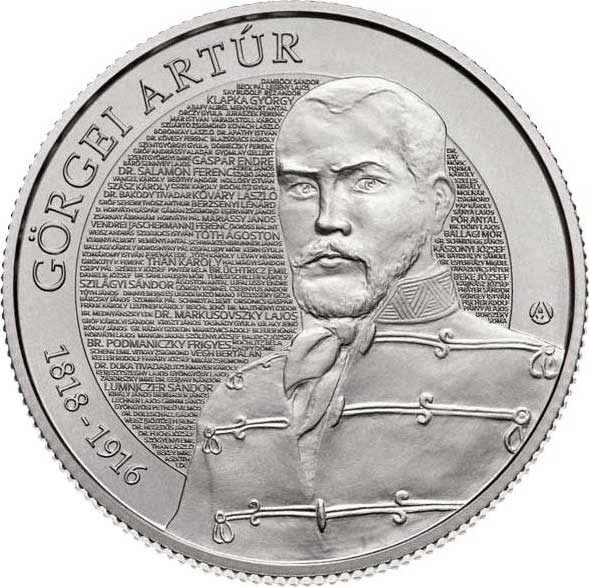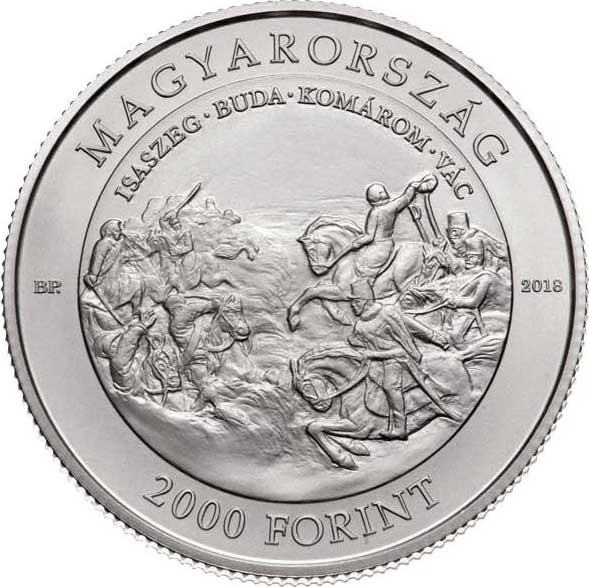You are about to finish your registration. Please check your mailbox (including spam folder). There should be a letter with a confirmation link. Check setting to make sure that your e-mail address is correct.
Send letter againDescription
Artúr Görgei de Görgő et Toporc (1818–1916) was a prominent Hungarian military leader and one of the greatest generals of the Hungarian Revolutionary Army. Initially a talented chemist, Görgei became renowned for his role in the Hungarian Revolution and War of Independence of 1848–1849. He led the victorious Spring Campaign, liberating almost all of Western Hungary from Austrian occupation and was appointed Minister of War. In the revolution's final days, he was named the "dictator" of Hungary but surrendered to Russian forces at Világos on 13 August 1849, ending the revolution.
Görgei had a contentious relationship with Lajos Kossuth, the president-governor of revolutionary Hungary, which influenced both his military career and post-revolutionary life. Following his surrender, he was spared execution due to Russian intercession and lived under Austrian surveillance until 1867, when he returned to Hungary after the Hungarian-Austrian Compromise. Despite facing hostility and false accusations of treason, modern research has restored Görgei's reputation, recognizing him as one of Hungary's most talented and successful 19th-century generals and a national hero.
Engraver: András Szilos
Obverse

|
Depicts a half-length portrait of Artúr Görgei. In the background, within a circumscribed central field, is a list of names of those who supported Görgei in the "Declaration" published in the newspaper "Nemzet" on November 23, 1884, signed by 207 honvéd soldiers (in three different font sizes). Along the left edge, a semicircular inscription reads "GÖRGEI ARTÚR" above the centerline, and "1818-1916" below, indicating his birth and death years. On the right side, at the center, the engraver's privy mark is placed. GÖRGEI ARTÚR |
|---|---|
Reverse

|
Depicts a detail from the painting by Mór Than, showing Görgei leading a cavalry charge during the Second Battle of Komárom. Above it, in a semicircular inscription, are the inscriptions "ISASZEG • BUDA • KOMÁROM • VÁC." Along the edge, in a semicircular inscription, "HUNGARY" is written at the top, with the denomination and the inscription "FORINT" below, and in the center on the left side, the mint mark "BP." and on the right side, the issue year "2018" are placed. Under magnification of at least tenfold, micro-engraving becomes visible within the mint mark, showing micro-writing identical to the letter of the mint mark. MAGYARORSZÁG |
| Edge |
2000 Forint
KM# 937 Adamo# EM348
Characteristics
| Type | Commemorative Issue (Non-circulating) |
| Material | Copper Nickel |
| Weight | 30.8 g |
| Diameter | 38.61 mm |
| Thickness | - |
| Shape |
|
| Alignment | Medal |
| Mint |
Budapest Mint (BP)
|
Related coins
200th Anniversary of Birth of Arthur Görgei



